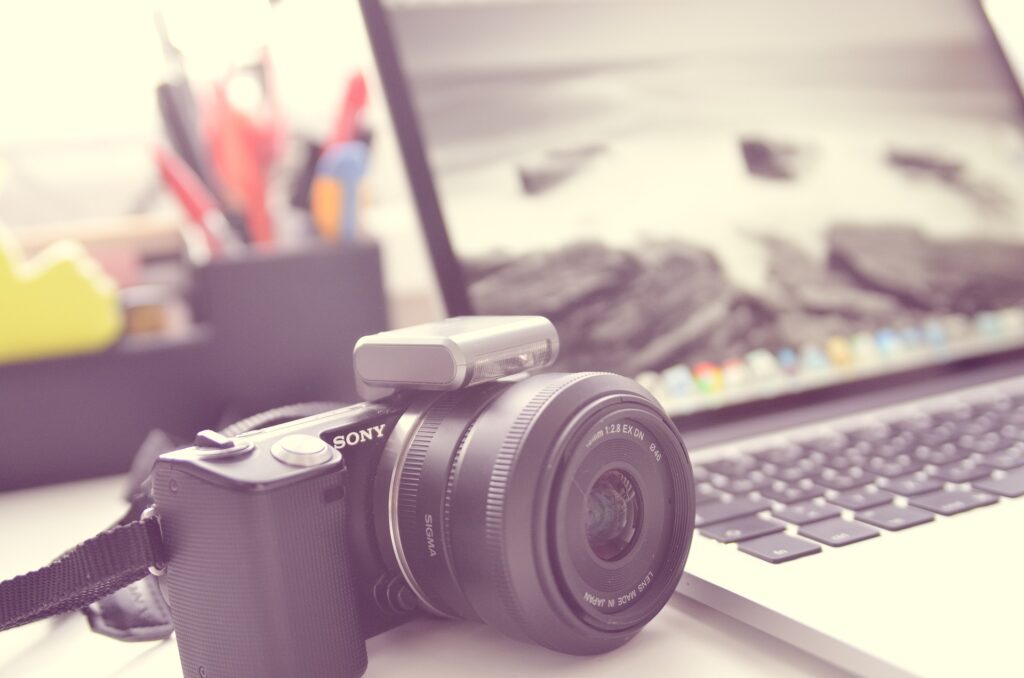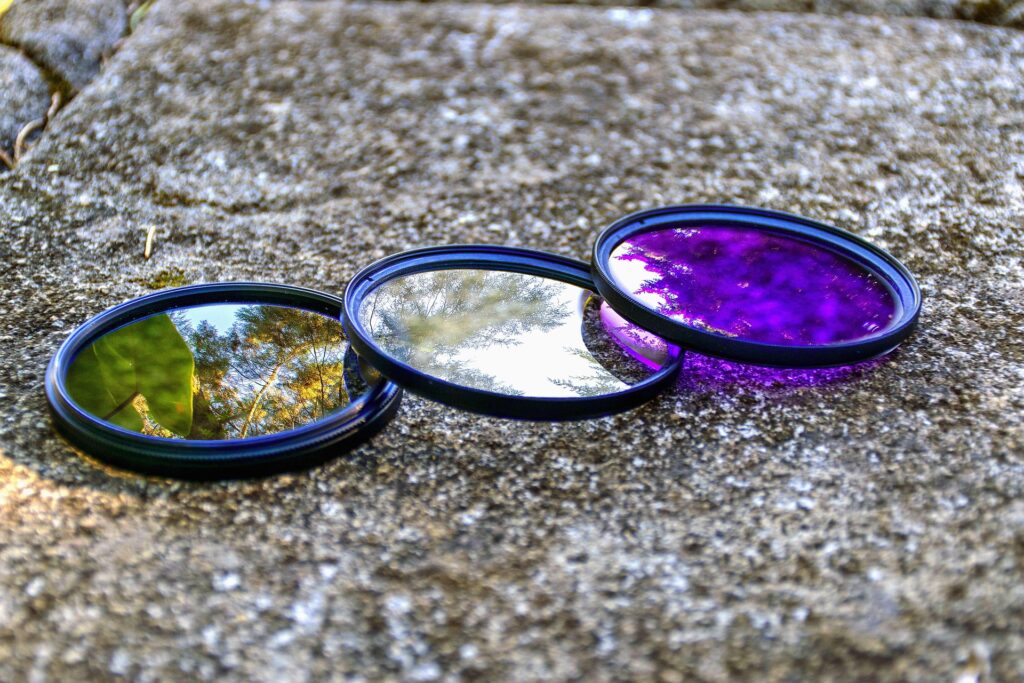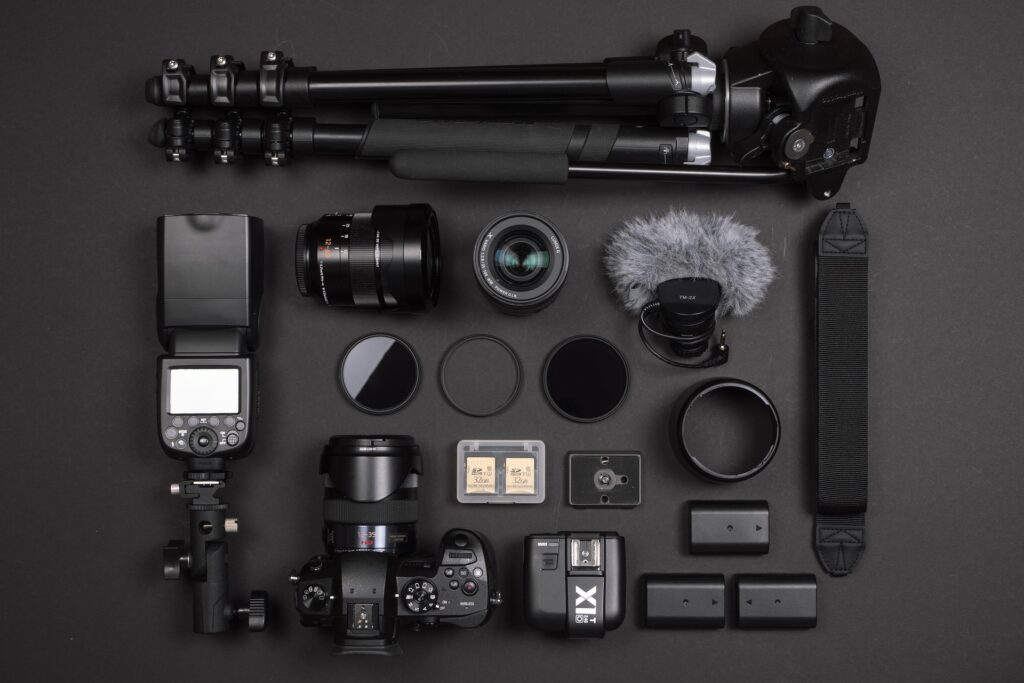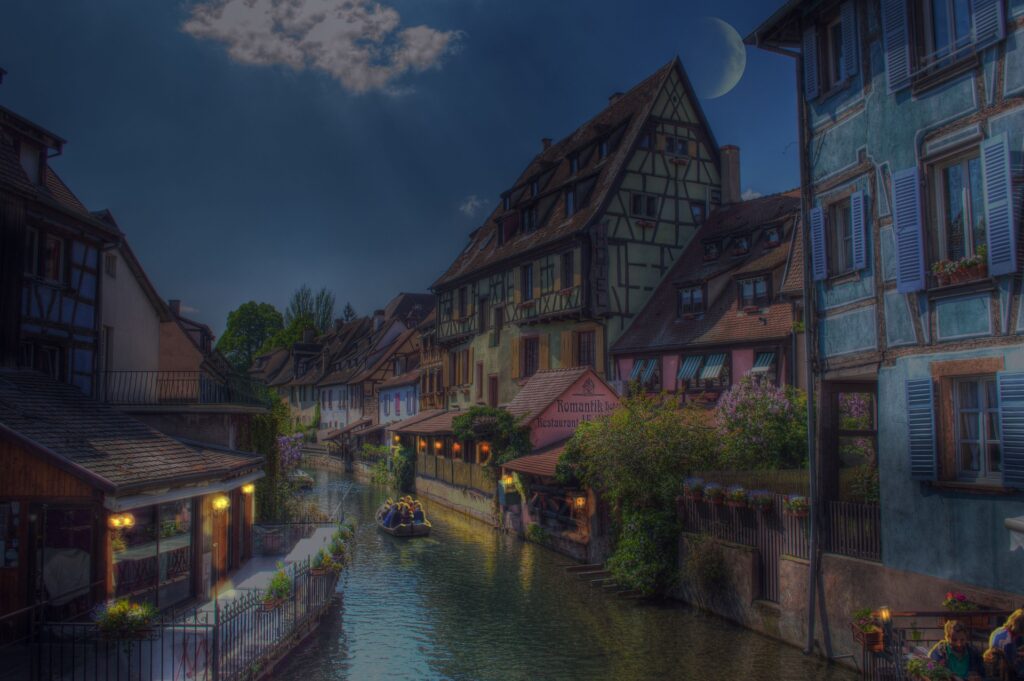Photo filters in photography refer to optical attachments or digital effects applied to camera lenses or post-processing software to alter the appearance, color rendition, and mood of images. This comprehensive article explores the types, purposes, techniques, artistic considerations, practical tips, cultural impact, and trends of photo filters for audiences in the United States.

Introduction to Photo Filters
Photo filters serve as versatile tools for photographers to modify and enhance the visual characteristics of images, ranging from color saturation and contrast adjustments to special effects and creative distortions. Whether applied directly to camera lenses or during digital post-processing, photo filters offer photographers opportunities to experiment with aesthetics, achieve desired visual effects, and express artistic visions.

Types of Photo Filters
UV Filters: UV (Ultraviolet) filters primarily serve as protective accessories for camera lenses, reducing haze and UV light reflections without significantly altering color rendition or image quality.
Polarizing Filters: Polarizing filters minimize reflections from non-metallic surfaces (e.g., water, glass) and enhance color saturation, contrast, and sky clarity in landscape photography. They are adjustable to control the intensity of polarized light entering the camera lens.
Neutral Density (ND) Filters: ND filters reduce the amount of light entering the camera lens without affecting color balance, allowing photographers to achieve longer exposure times for motion blur effects, shallow depth of field in bright conditions, and balanced exposures in high-contrast scenes.
Color Correction Filters: Color correction filters (e.g., warming and cooling filters) adjust color temperature and tint to correct for lighting conditions or achieve desired color casts in photography. They are useful for enhancing warm or cool tones and achieving natural color rendition in diverse lighting environments.
Creative Filters: Creative filters include effects such as soft focus, starburst, fisheye distortion, and infrared simulation, adding artistic flair and unique visual textures to photographs. These filters encourage experimentation with unconventional perspectives, surreal effects, and imaginative interpretations of reality.

Techniques and Applications
On-Camera Application: Attach photo filters directly to camera lenses to modify light transmission, reduce glare, enhance colors, or achieve specific photographic effects in real-time. Experiment with different filter combinations, stacking filters, or adjusting filter orientations to optimize visual outcomes according to shooting conditions and creative objectives.
Post-Processing Filters: Apply digital filters and effects using photo editing software (e.g., Adobe Photoshop, Lightroom) to refine color tones, adjust contrast, add vignettes, or emulate film characteristics in post-production. Explore preset filters, custom adjustments, and layer blending techniques to enhance image aesthetics and creative interpretations.

Artistic Considerations
Creative Expression: Use photo filters to convey mood, evoke emotions, or emphasize thematic elements in photography. Experiment with subtle enhancements or dramatic transformations to personalize visual narratives, amplify visual impact, and engage viewers through unique perspectives and stylized interpretations.
Aesthetic Choices: Consider the intended aesthetic, narrative context, and audience preferences when selecting photo filters for photography projects. Tailor filter choices to complement subject matter, enhance storytelling elements, and achieve cohesive visual styles that align with artistic vision and project objectives.

Practical Tips for Photographers
Filter Compatibility: Invest in high-quality photo filters that are compatible with camera lens diameters, filter thread sizes, and shooting requirements. Select multi-coated filters to minimize lens flare, ghosting, and optical aberrations while maintaining image sharpness and color fidelity.
Experimentation and Learning: Dedicate time to experiment with different types of photo filters, techniques, and creative applications in photography. Attend workshops, online tutorials, or photography forums to expand knowledge, refine skills, and discover innovative uses for photo filters in visual storytelling and artistic expression.

Cultural Impact and Contemporary Trends
Visual Storytelling: Photo filters contribute to visual storytelling by enhancing atmosphere, defining mood, and highlighting thematic elements in photography projects. They facilitate stylistic variations, creative interpretations, and personalized approaches that resonate with diverse audiences and cultural perspectives.
Digital Innovation: Embrace digital advancements in filter technologies, mobile photography apps, and real-time filter applications that empower photographers to capture, edit, and share compelling imagery seamlessly. Explore trends in augmented reality (AR) filters, virtual reality (VR) simulations, and interactive visual experiences that redefine artistic expression and audience engagement in digital photography.

Conclusion
In conclusion, photo filters play a pivotal role in enhancing creativity, expression, and visual aesthetics in photography. By integrating optical attachments or digital effects into camera workflows and post-processing techniques, photographers expand artistic possibilities, refine technical skills, and create memorable visual narratives that resonate with audiences in the United States and beyond.
From enhancing natural landscapes and architectural details to experimenting with abstract compositions and surreal visual effects, photo filters inspire innovation, elevate storytelling, and celebrate the diverse applications of photography as a dynamic medium of artistic expression and cultural documentation. As photographers continue to innovate, collaborate, and embrace technological advancements in filter technologies, the future of photo filters remains integral to shaping visual narratives, influencing trends, and redefining the boundaries of creative exploration in contemporary photography practice.